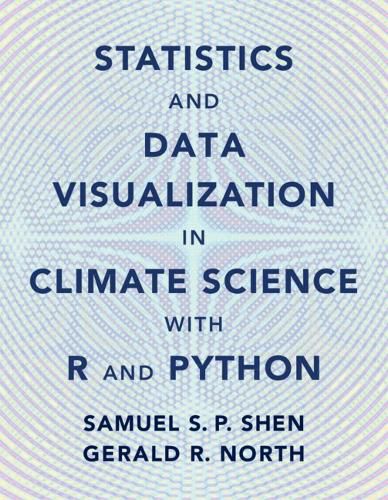Readings Newsletter
Become a Readings Member to make your shopping experience even easier.
Sign in or sign up for free!
You’re not far away from qualifying for FREE standard shipping within Australia
You’ve qualified for FREE standard shipping within Australia
The cart is loading…






A comprehensive overview of essential statistical concepts, useful statistical methods, data visualization, and modern computing tools for the climate sciences and many others such as geography and environmental engineering. It is an invaluable reference for students and researchers in climatology and its connected fields who wish to learn data science, statistics, R and Python programming. The examples and exercises in the book empower readers to work on real climate data from station observations, remote sensing and simulated results. For example, students can use R or Python code to read and plot the global warming data and the global precipitation data in netCDF, csv, txt, or JSON; and compute and interpret empirical orthogonal functions. The book's computer code and real-world data allow readers to fully utilize the modern computing technology and updated datasets. Online supplementary resources include R code and Python code, data files, figure files, tutorials, slides and sample syllabi.
$9.00 standard shipping within Australia
FREE standard shipping within Australia for orders over $100.00
Express & International shipping calculated at checkout
A comprehensive overview of essential statistical concepts, useful statistical methods, data visualization, and modern computing tools for the climate sciences and many others such as geography and environmental engineering. It is an invaluable reference for students and researchers in climatology and its connected fields who wish to learn data science, statistics, R and Python programming. The examples and exercises in the book empower readers to work on real climate data from station observations, remote sensing and simulated results. For example, students can use R or Python code to read and plot the global warming data and the global precipitation data in netCDF, csv, txt, or JSON; and compute and interpret empirical orthogonal functions. The book's computer code and real-world data allow readers to fully utilize the modern computing technology and updated datasets. Online supplementary resources include R code and Python code, data files, figure files, tutorials, slides and sample syllabi.